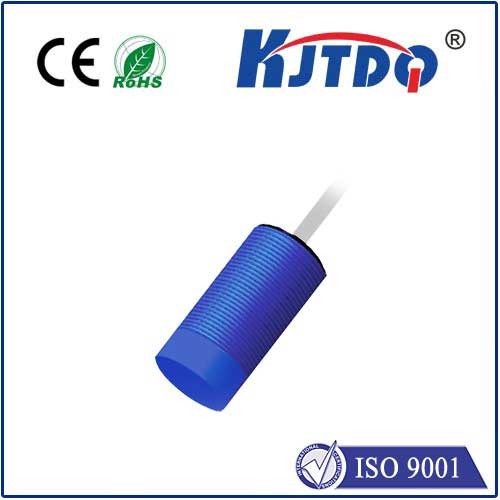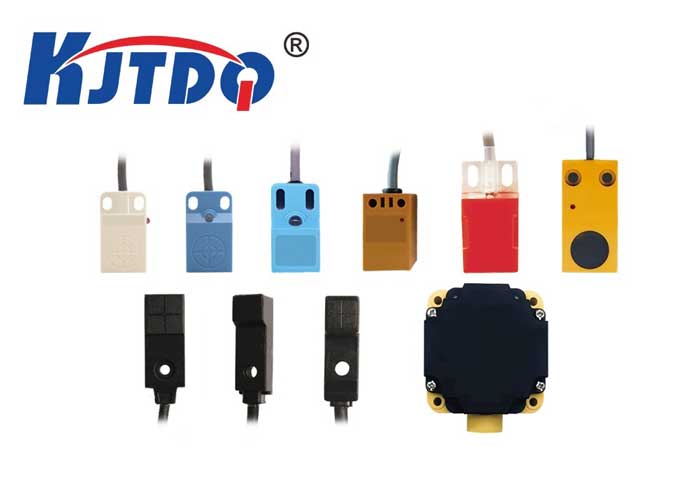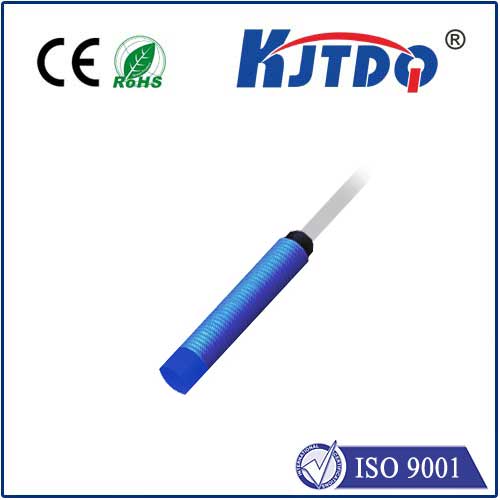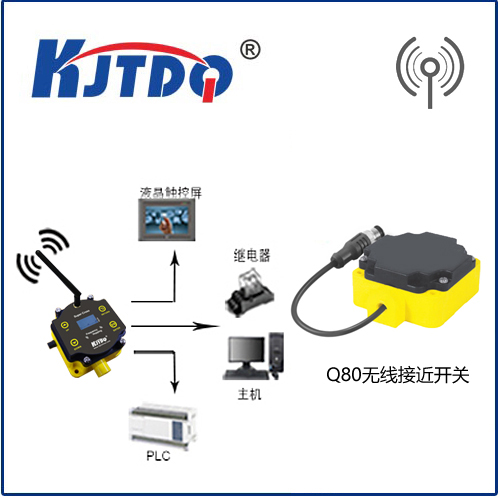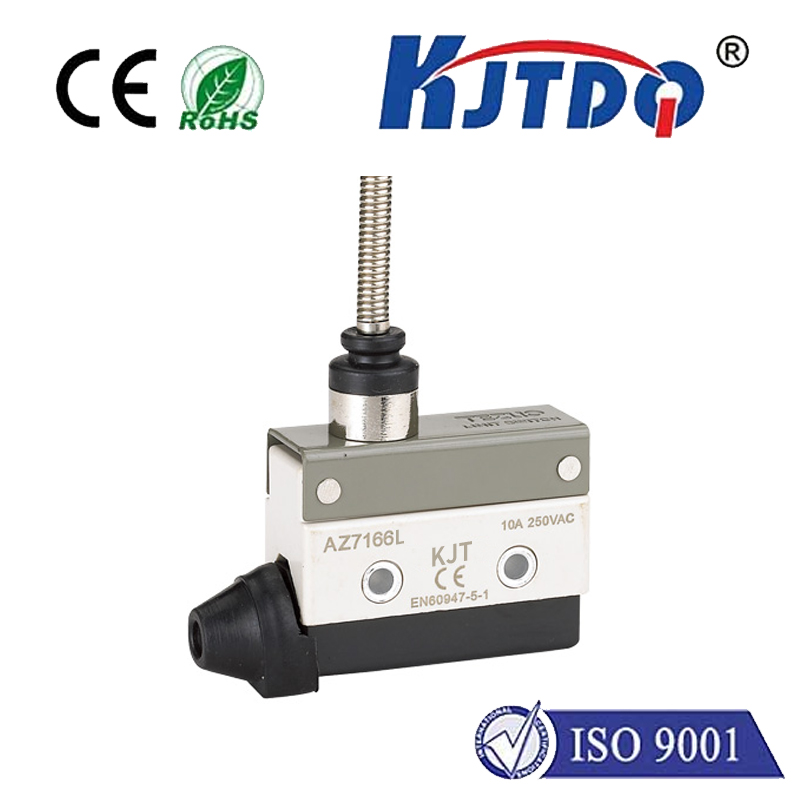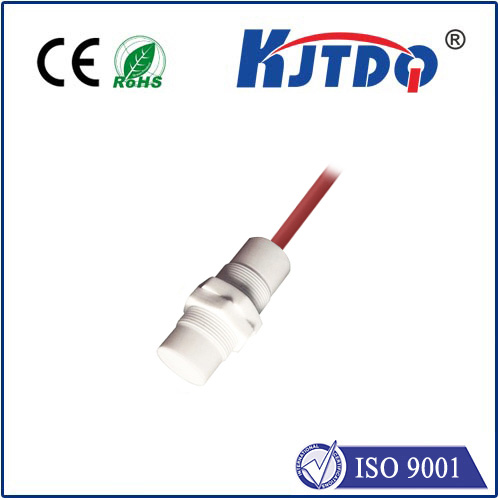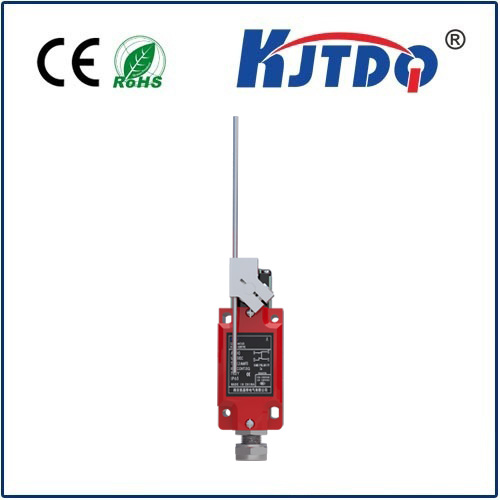

check

check

check

check

check

check

check

check

check

check
Title: TDLAS Sensor: The Ultimate Solution for Accurate and Reliable Data Collection
In the ever-evolving world of technology, sensor systems have become an integral part of our daily lives. From monitoring our health to tracking the weather, these devices play a crucial role in providing us with valuable information. One such sensor system that has gained immense popularity due to its accuracy and reliability is the TDLAS (Time-Delayed Length-of-Array Spectroscopy) sensor. In this article, we will delve deeper into the workings of this advanced sensor system and its various applications.
TDLAS Sensor: An Overview
The TDLAS sensor is a type of infrared spectroscopy sensor that uses a time-delayed length-of-array (TDLAS) configuration to collect data from a target. This configuration allows the sensor to accurately measure the intensity of light emitted by the target, regardless of its angle of incidence. The TDLAS sensor can detect light at a range of波长s from 10微米 to 1 millimeter, making it suitable for a wide range of applications, including atmospheric research, material characterization, and medical imaging.

Working principle of TDLAS Sensor
The TDLAS sensor works by using a laser to emit light at one end of an array of mirrors, which are positioned at regular intervals along the path of the laser beam. The light travels through the air and is absorbed or reflected by the target, depending on its composition. As the light passes through the array of mirrors, it is separated into its component wavelengths by the reflecting surfaces. The intensity of each wavelength is then measured using specialized detectors located at regular intervals along the path of the laser beam.
Applications of TDLAS Sensor
One of the primary applications of the TDLAS sensor is in atmospheric research. By measuring the absorption of certain wavelengths of light by Earth's atmosphere, scientists can gain insight into various atmospheric processes, such as ozone depletion and climate change. The TDLAS sensor can also be used to study the properties of materials at the nanoscale level, allowing researchers to better understand their behavior under different conditions.
Another important application of the TDLAS sensor is in medical imaging. By detecting specific wavelengths of light emitted by body tissues, the TDLAS sensor can provide high-resolution images that are useful for diagnostic purposes. For example, the sensor can be used to visualize tissue structures in detail, allowing doctors to detect and diagnose diseases such as cancer more efficiently.
Conclusion
In conclusion, the TDLAS sensor is a powerful tool that has numerous applications in fields ranging from atmospheric research to medical imaging. Its ability to accurately measure the intensity of light emitted by a target makes it an invaluable asset for scientific research and practical applications alike. With ongoing advancements in technology, we can expect even more exciting developments in this field in the future.


